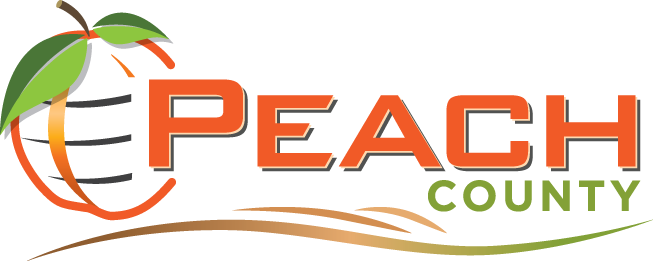Opportunity Zones Can Uplift Communities and Investors Alike
May 17, 2019
Area Development Magazine - Stephanie L. Yarbrough, Womble Bond Dickinson
While still very much in their infancy, opportunity zones are giving investors, commercial real estate professionals, economic developers and the distressed communities they aim to elevate all reasons for cautious hope, excitement and optimism.
It’s not hard to see why. While this still-new program has caused some investor uncertainty in the market, the potential to revitalize communities and reduce tax liabilities are attractive to economic developers and investors alike.
The opportunity for investors
The program, enacted as part of the Tax Cuts and Jobs Act of December 2017, targets the trillions of dollars in unrealized capital gains that currently lay dormant on balance sheets. It enables institutional and private investors to reduce taxes on current capital gains and avoid taxes on future capital gains—if they invest in low-income and rural communities.
Corporate entities and individual investors alike are already jumping at this exciting new opportunity. Many already creating qualified opportunity funds (QOFs) that serve as the vehicles for driving direct investment and economic development.
First, an investor realizes capital gains by selling stocks or assets. If the investor reinvests those capital gains into a QOF within 180 days, the investor earns three key benefits.
- Tax deferral: Investors can defer payment of taxes on the capital gain until the earlier of the disposition of the interest in the QOF or December 31, 2026.
- Tax reduction: Investors can reduce their taxes on the capital gains by 10% to 15% if they meet certain requirements.
- Tax-free capital gains: Yes, you read that correctly. To encourage investors to keep their money in a QOF fund for 10 years to fuel sustainable growth, an investor’s return on investment will be tax free. Hypothetically, if you invest $100 and make $500, that $400 in profit will not be subject to tax.
The value this program brings to investors is clear. But the value and life-changing impact it can have on underserved communities is even easier to see.
The opportunity for communities
The Tax Cuts and Jobs Act was passed just over a year ago, and already a substantial market has developed that is pumping capital investment into distressed communities. These communities are set to reap substantial benefits, as there are little to no restraints as to the types of projects this money can go towards. Equity investment in local businesses, along with development of affordable and workforce housing, will simultaneously create new job opportunities and provide viable housing options for workers well into the future.
How can communities attract investment?
Just because a geographic location is granted opportunity zone status does not mean that investors will flock to bad business opportunities. Real estate is still a money-making industry, so it is up to community organizers and economic developers to proactively bring to investors opportunities that previously were not viable, but have become more appealing with the advent of this system. Opportunity zones are re-leveling the playing field and getting previously rejected projects over the goal line.
The same concept can be applied for EDOs looking to attract investment and corporate relocations and expansions. EDOs should not pursue all capital or deals for short-sighted gains. They must pursue economic deals and opportunities that benefit all stakeholders of the community and have long-term interests at heart.
And just because investors are drawn to a community for the opportunity zone incentive does not mean that the incentivization has to stop there. EDOs in hot pursuit of attractive projects and capital can layer benefits and offer investors and businesses further reason to plant roots in their location by adding TIFs, LIHTCs, land donations and more.
Moving forward
Opportunity Zones represent a new and growing opportunity, and that is part of the fun. Community officials and economic developers should use this amazing opportunity to get crafty and innovative to attract the best mix of projects and capital to revitalize their previously distressed communities.
Stephanie L. Yarbrough, Womble Bond Dickinson
One of the biggest assets Stephanie Yarbrough brings to clients is her familiarity with local and state decision-makers throughout the Southeast, and particularly in South Carolina, where Stephanie had previously served as the City of Charleston’s Director of Economic Development. Stephanie works closely with domestic and international companies seeking to expand or relocate operations to the Carolinas and the southeastern United States. Her efforts on behalf of clients have led to the creation of thousands of new jobs and billions of dollars in new investments. She works with new and expanding businesses in identifying and negotiating incentives and in drafting all related documentation for Fee-in-Lieu of Tax Agreements, state grants, job tax credits, job development credits, utility grants, and many other economic development incentives and grants. She advises clients in general tax and corporate matters. Stephanie is a member of both the North Carolina and South Carolina Bar associations.She was recently selected by her peers for inclusion in The Best Lawyers in America© 2017 in the field of Economic Development Law, and listed in the Charleston Regional Business Journal's "40 under 40."
Original online article found here.









